High Tech Benelli Rifle
other By: Stan Trzoniec |
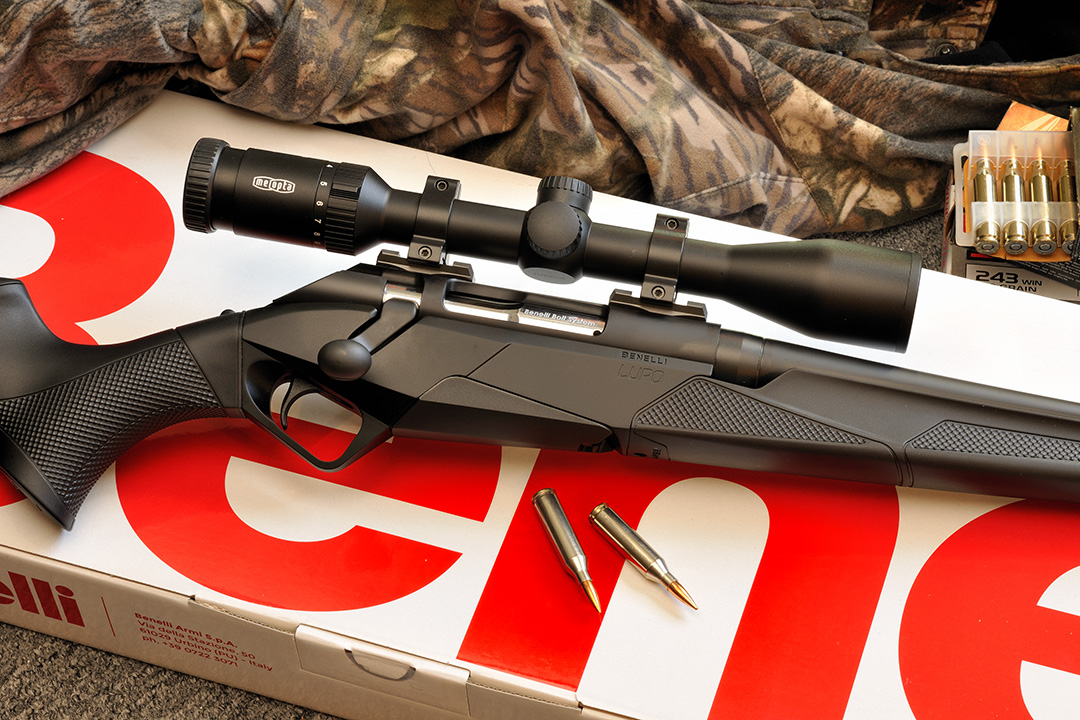
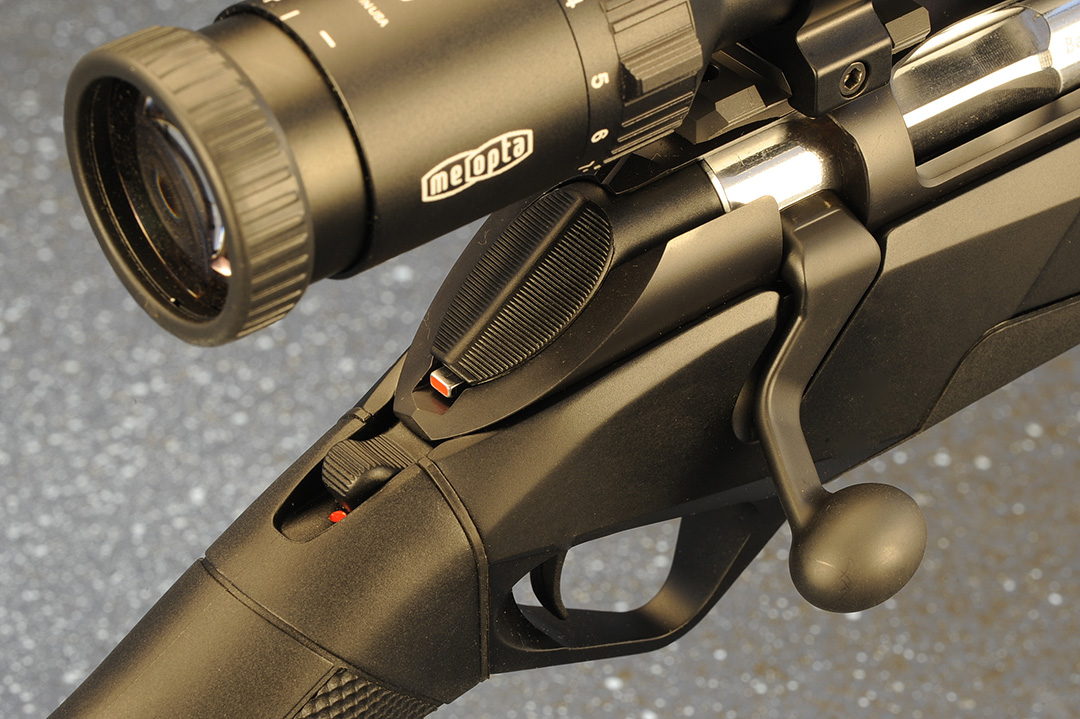
For weather resistance, synthetic stocks are hard to beat, being made for the rugged outdoors. While this is not the company’s first rifle – that title goes to the classy semi-automatic R1 introduced more than 20 years ago and is still available today – that I tested and remarked about because of its clean lines and fine wood, this one was designed to fill in the niche of a fine bolt-action rifle. Granted, there are more than enough bolt-action guns on the market today, competition is tough, but I think in looking at the long haul, this Lupo version is going to have many takers at the gun shop.
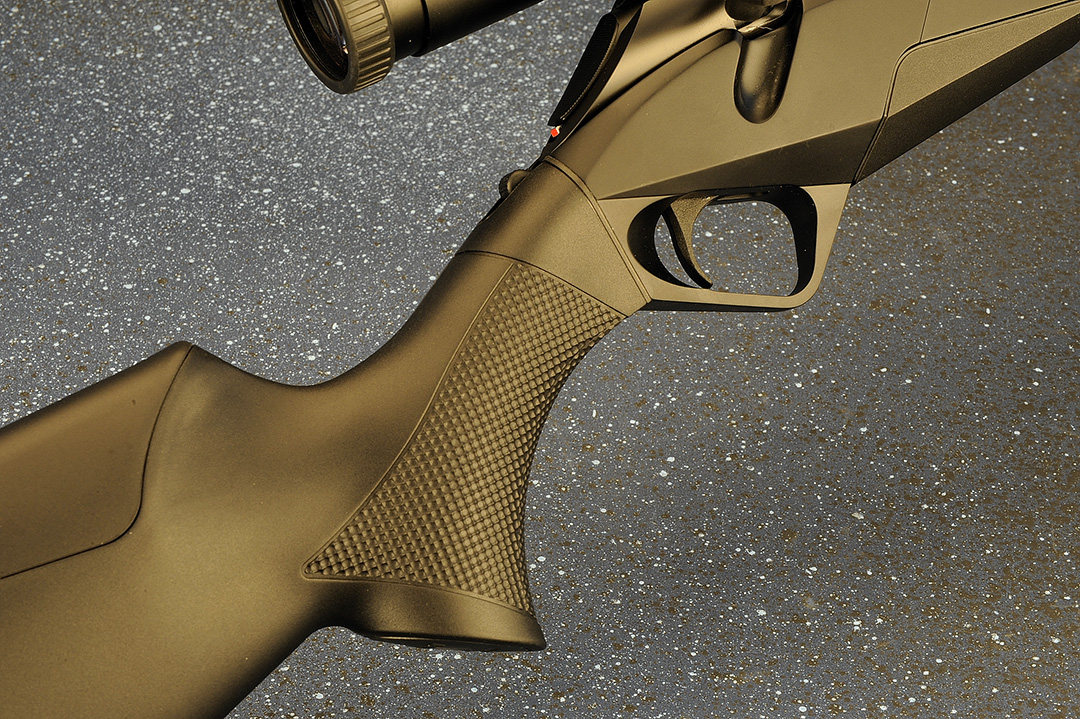
For the naysayers, I think it’s a good idea to pick up the gun before looking elsewhere. To me, there is no Italian designer worth his salt if he cannot design a gun that fits everyone within reason and I believe this Lupo makes the grade in spades. Unique in the industry, the gun is made with a separate stock, receiver and forend that with spacers (I’ll get to that shortly), allow the owner to customize the rifle to his personal physical stature and/or body weight.
Having doubt’s myself, upon arrival, I shouldered the weapon and to my surprise, it is one of the most comfortable I’ve picked up in a long time. To me, the free-floating forearm looked a bit thin, but in handling the gun, I found that if I was not comfortable at one place on this part of the gun, moving my hand a bit fore and aft made it right. Without ammunition, the balance point is right at the base plate of the magazine with bolt closed. Two panels of impressed checkering give this part of the gun plenty of purchase no matter what the outdoor conditions.
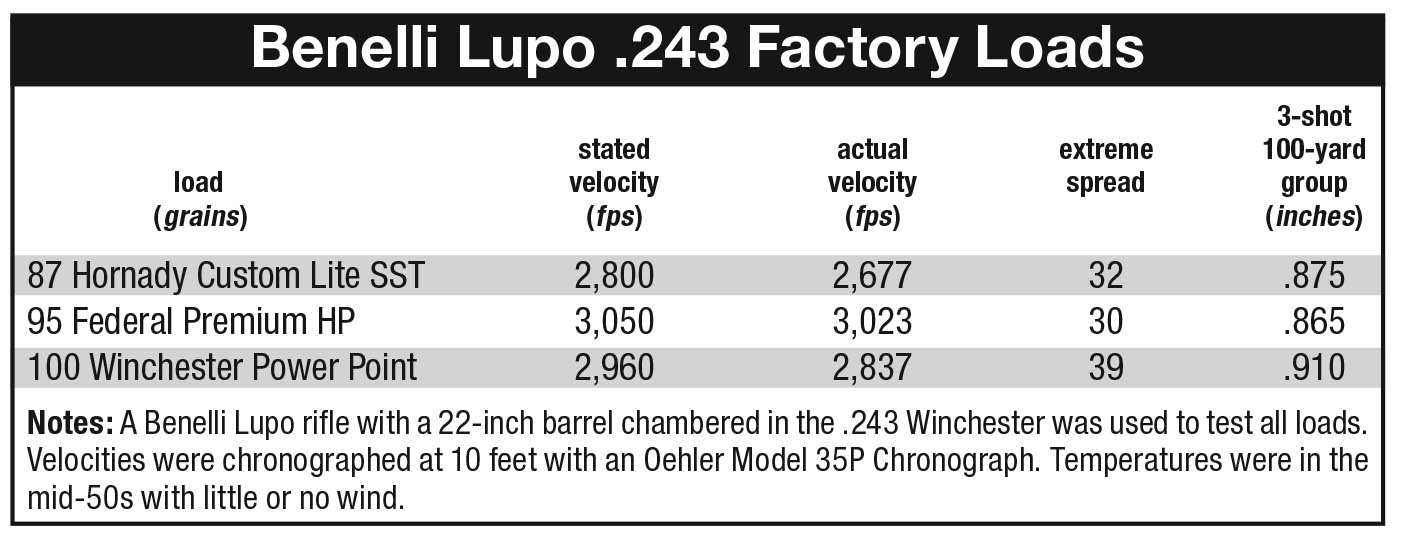
The part of the stock that gets the most credit is the buttstock. On this gun, it mimics the lines of the classic type of stock so popular today complete with a straight comb but with an improved ambidextrous pistol grip with a pronounced palm swell allowing both right and left hand shooters to use it with comfort. Ample impressed checkering is suppled in an attractive pattern complete with a bottom flare for appearance with a pistol grip cap for protection. With the addition of both the standard and extra high “Combtech” cheek pads and length of pull spacers makes the gun pretty close to a custom affair. Additionally, the stock angle can be adjusted through spacers behind the receiver and the rifle will tame recoil to a certain extent through the use of its patented and built-in Progressive Comfort system. Finally, like the forearm, a sling swivel stud is included forward of the recoil pad.
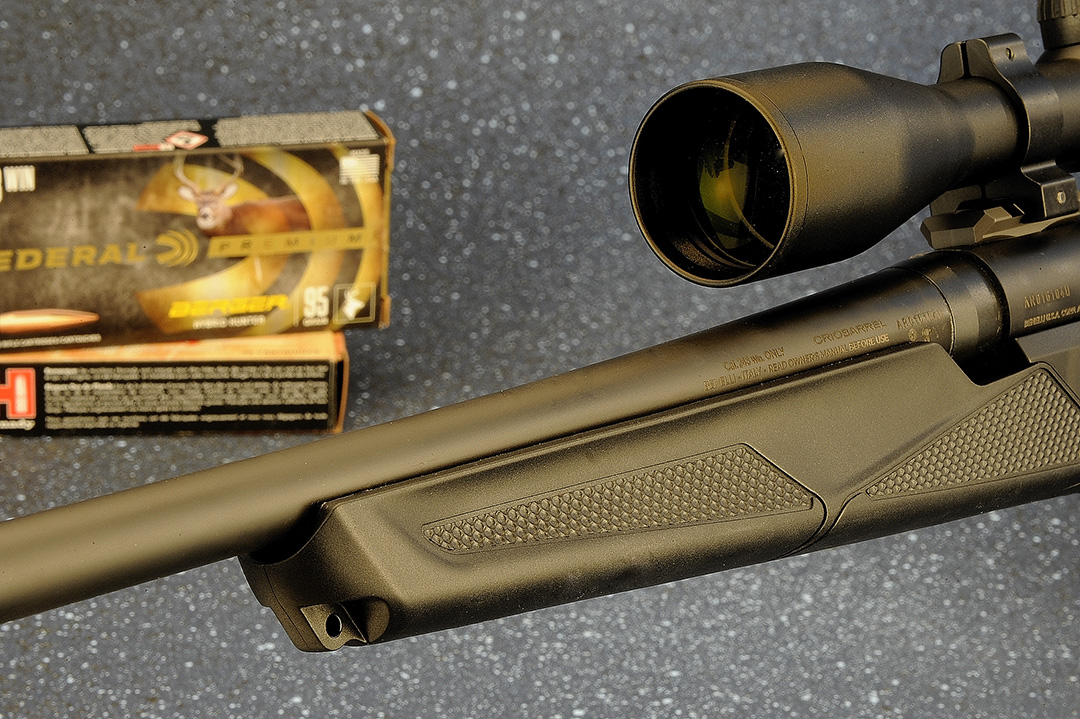
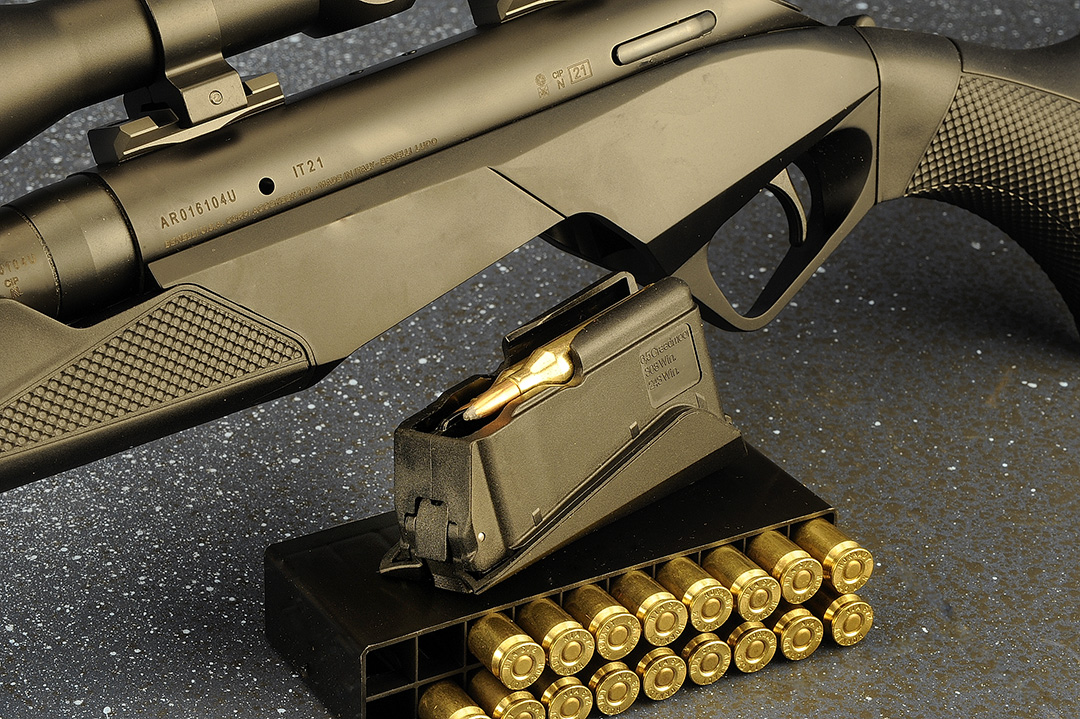
Other details emerged. The safety lever is mounted to the rear of the bolt shroud on the tang and with a simple, back and forth motion, secures the weapon from safe to fire. On the left side of the receiver, is the bolt release, again dealing with the pedigree of the rifle, moves like it’s on ball bearings. Pushing it in allows the bolt to follow out of the receiver and when reinserting, the operation of the bolt sails right past the release with hardly any hesitation. To help with the styling of the gun, the receiver is cylindrical in shape, obviously for ease of manufacturing on the line. There is one gas escape hole on the left side followed by an enlarged ejection port on the right side.
When it came to the bolt, it is quite unique to those following rifle manufacturing over the last century or so. For one thing, movement of the bolt inside the receiver is smooth, really smooth! Tight tolerances are evident here and except for a stylized midsection to where the serial number is stamped, this fat-bolt design measures a hefty .860 inch from end to end. It is finely-polished, then chrome-plated for durability, finishing off with a unique kind of bolt design and if by prior planning, the shroud is serrated to lessen the glare of the sun, just in case a shooter decided to mount open sights on the gun.
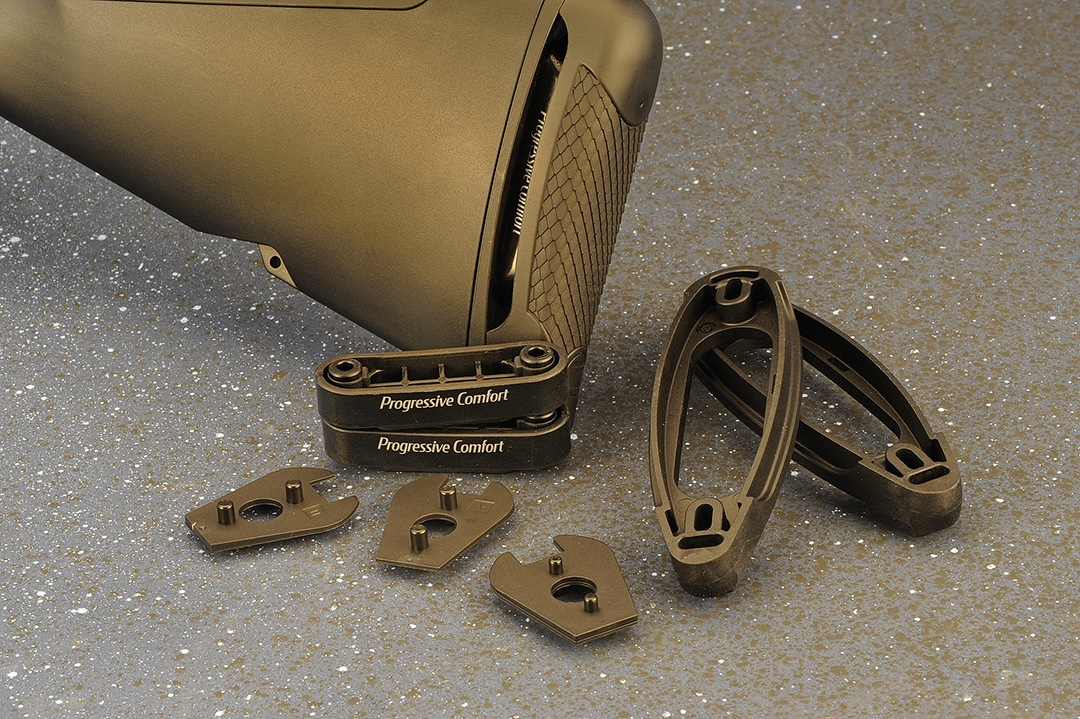
Starting straight out of the bolt body, it then takes a rearward turn, then down and ending up jotting out and finishing up with an oversized bolt knob. While seemingly thought of being awkward, it actually adds to the charging and extraction of the spend case in an effortless fashion. Up front, there are three lugs, offering the shooter a fast 60-degree bolt throw. On the bolt face, there is a substantial extractor followed by the time-tested plunger type of ejector.
For those who love to tinker with a new gun, this Lupo is for you. Included with the gun is a wide assortment of spacers to customize the gun to the shooter’s stature that proved interesting to work with as long as the instruction manual is at hand. As shipped from the factory, no shims or spacers have been installed and the gun comes with the standard length of pull of 13.5 inches. Within the box, there is one bag with length of pull spacers and extra screws that allow the new owner to adjust this part of the gun almost to 15 inches from the trigger to the end of the pad. In the other bag are spacers and wedges to adjust stock cast off either right or left and/or to modify the trigger to grip adjustment. In short, if a shooter has the time and patience, I counted about three dozen combinations to play with, including changing the height of the comb.
Chambered for the .243 Winchester and preparing for the range, I mounted a premium Meopta 3x9 40mm in split rings on the supplied Picatinny rails. The .243 Winchester was one of the first centerfire cartridges I had in my younger days and I saved enough money to purchase a higher-grade Parker-Hale Model 1200 rifle with a rollover comb, skip-line checkering and a glossy finish. Back then, I had to make do within my budget and the .243 pointed easily toward summer woodchucks and Maine black bears.
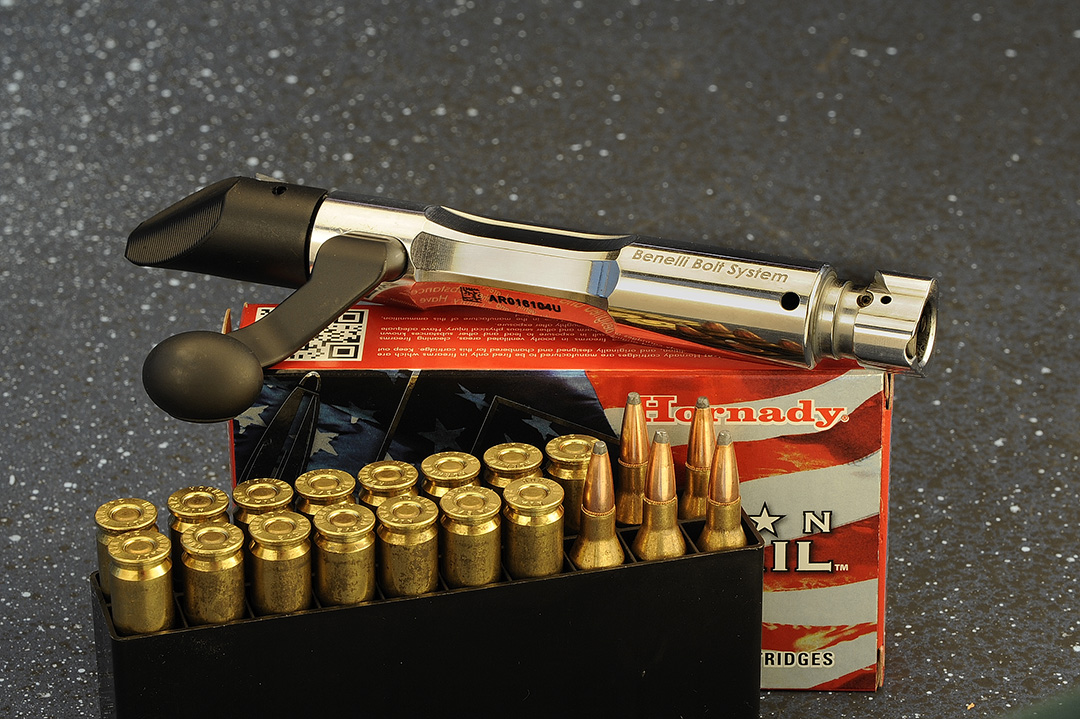
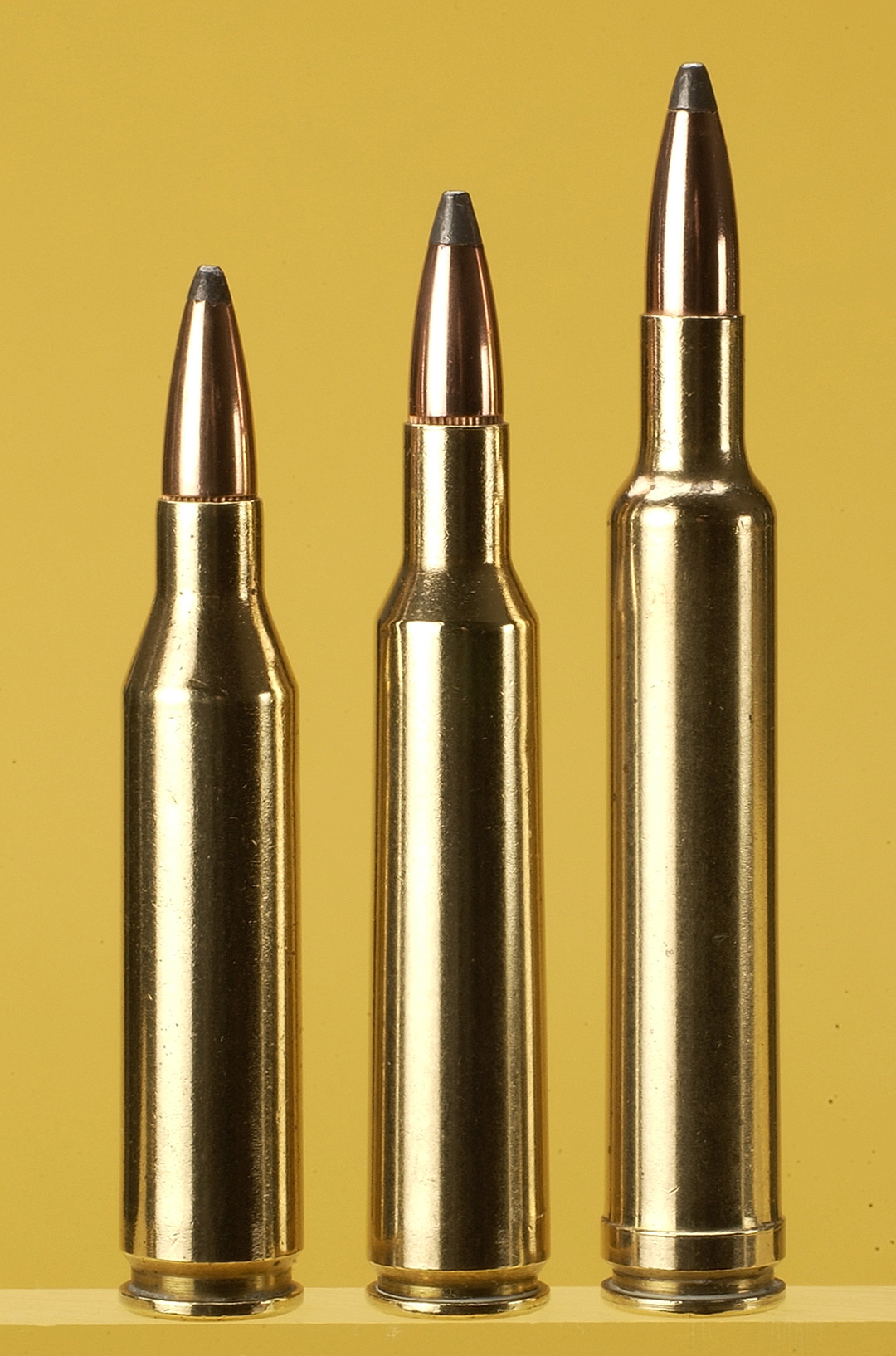
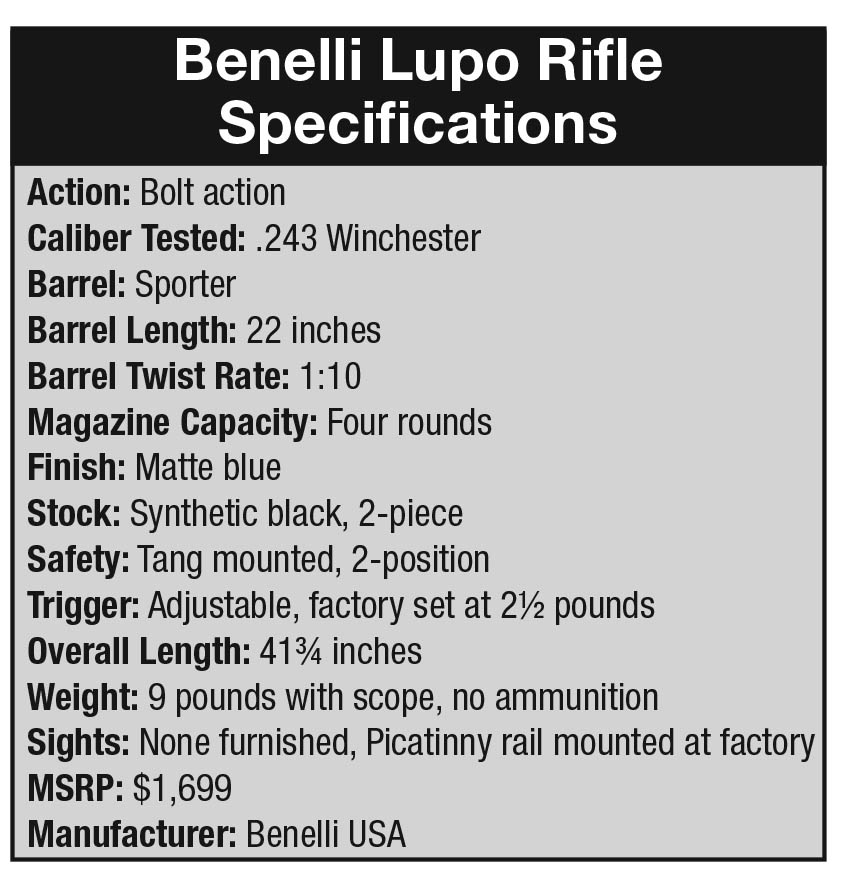
Using factory ammunition from Hornady, Federal and Winchester, the gun did shoot. I did go out a few days before to sight it in and break-in the barrel to a moderate extent. On the day of reckoning, the temperature was in the mid-50s with little or no wind. As can be seen, the Lupo is a minute of angle gun right out of the box especially with the .243 Winchester. While notably known as an all-around cartridge, I personally have used it with lighter bullets on varmints and heavier bullets on larger game. It is obvious this gun will be home for both.
In the end, the only criticisms, and they are minor, is that unless the shooter can rig up a special tool for a scope with a large eyepiece, they will have to remove the scope to get to the rear stock screw for maintenance and/or takedown, hence detachable rings can be an asset. Second, they will need a flashlight and patience to reach down and inside the gun for the trigger adjustment.
Lupo means “wolf” in Italian, and if that’s the case, this is one “alpha” rifle leading the pack in a number of ways. Also, there is a 10-year warranty on any mechanical part.
Finally, regardless of its modern appearance, this looks to be a great rifle in the field and with its availability in wood, synthetic and a good variety of cartridges; it should please most hunters in the sport. I think you will be as impressed as I was.
Contact them at benelliusa.com.


